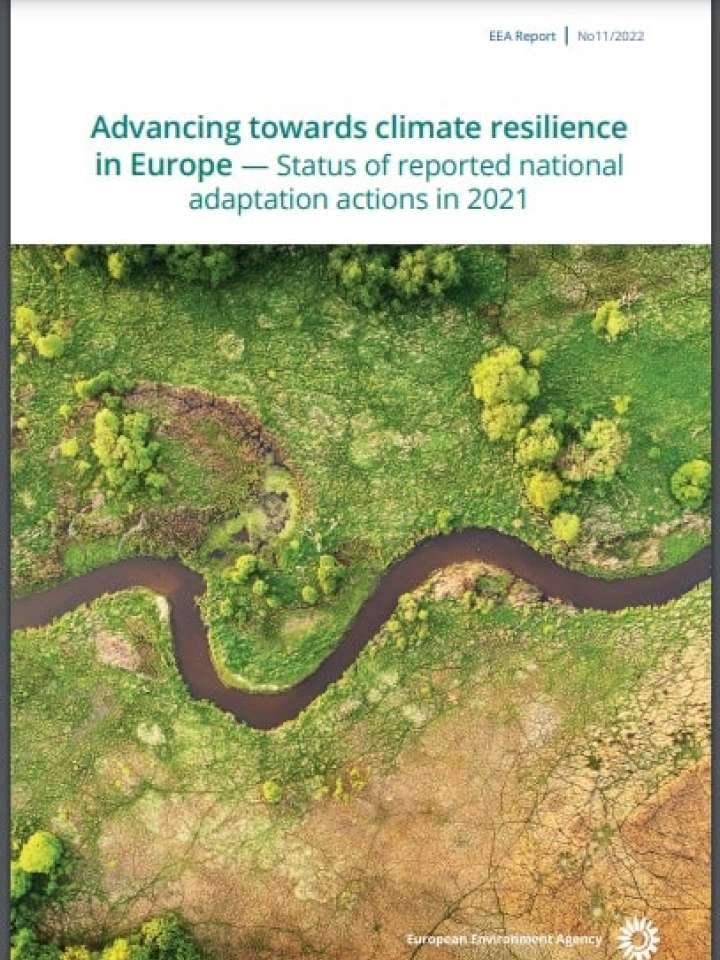Advancing towards climate resilience in Europe: status of reported national adaptation actions in 2021
This report provides an overview of how all EU Member States and Türkiye are adapting to climate change and are reporting on their adaptation actions. The report summarises how these countries are progressing through the adaptation policy cycle. It gives a snapshot of the situation in 2021, but where possible, compares this with earlier information to describe progress throughout recent years.
Some of the key messages in this report include:
- Despite the variation in current and future climate change impacts across Europe, there are no significant differences between the key sectors affected in different Member States. Health, agriculture and food, forestry, water management and biodiversity are most often reported.
- Various policy instruments addressing climate change adaptation have been adopted. They reflect each country's specific national circumstances in terms of governance structure and institutional frameworks.
- The diversity of institutional arrangements and processes for steering adaptation policies across different government levels and sectors has increased, depending strongly on countries' overall governance set-up.
- Mainstreaming of climate change adaptation into sectoral policies and regulatory frameworks is increasing. Adaptation is becoming an integral part of agricultural, urban, water, and disaster risk management policies, and sustainable development. Despite being embraced at the project level, integration into strategic environmental impact assessments at the programme or plan level is only partial when adaptation is mainstreamed.
- Monitoring, reporting and evaluation (MRE) is mainly used for the following three objectives: to gain a better understanding of policy implementation, to identify climate risks, and to measure the effectiveness of policies in reducing climate change impacts, risks and vulnerabilities.
Explore further
